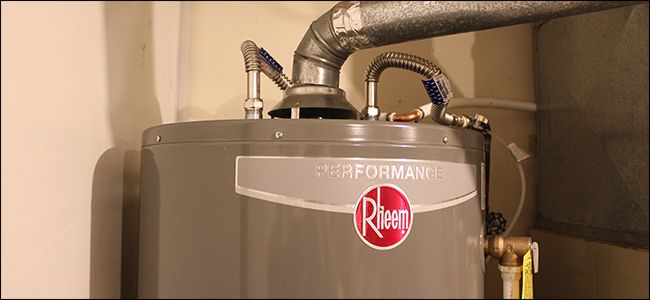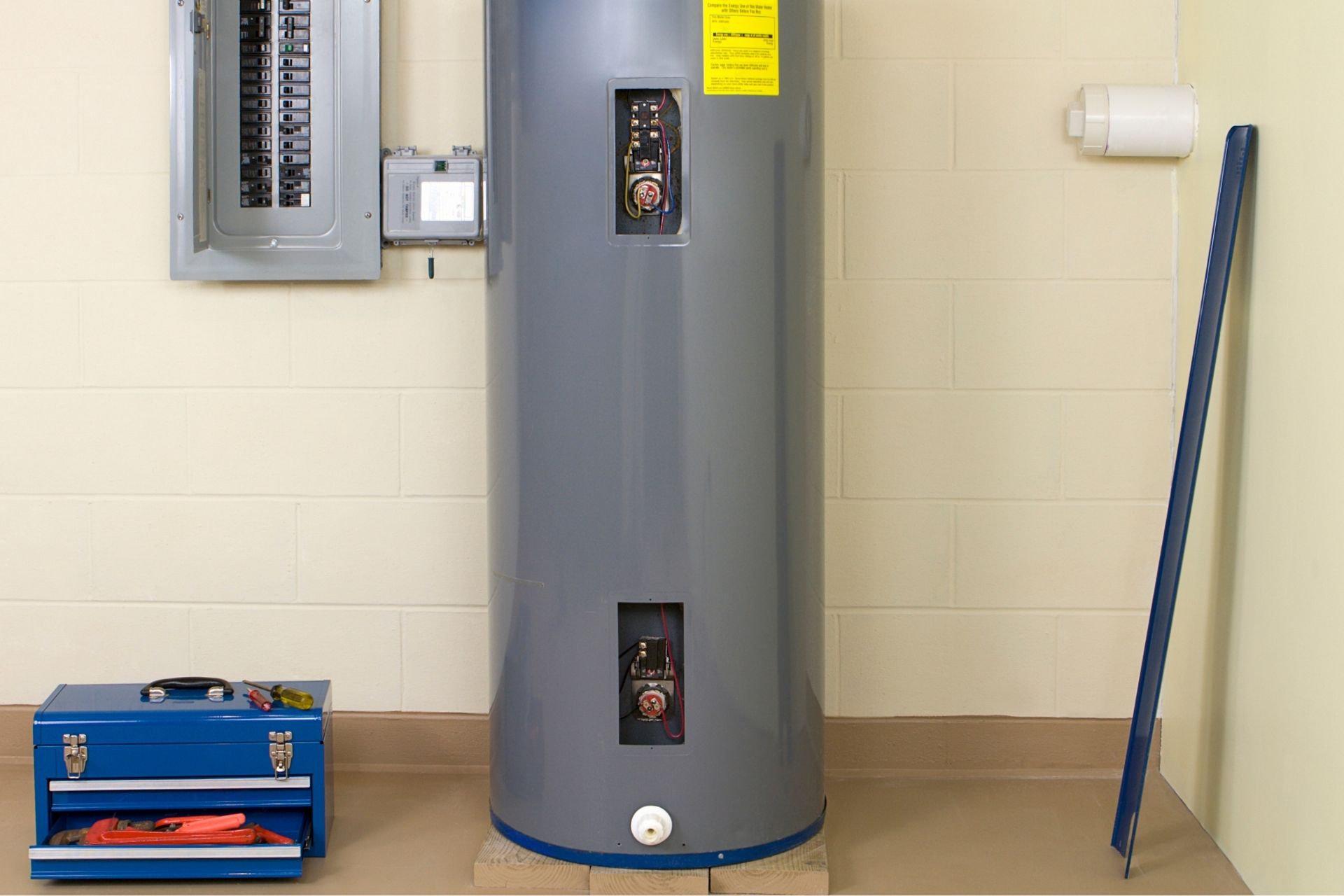Caring for Your Home's Hot Water System: Essential GuidelinesKey Maintenance Tips for Your Home's Hot Water System
Caring for Your Home's Hot Water System: Essential GuidelinesKey Maintenance Tips for Your Home's Hot Water System
Blog Article
Are you trying to locate critical info concerning Water Heater Maintenance Tips You Can't Afford to Forget?

Hot water is crucial for day-to-day convenience, whether it's for a rejuvenating shower or washing recipes. To guarantee your warm water system runs successfully and lasts longer, routine upkeep is essential. This article provides sensible pointers and insights on just how to maintain your home's hot water system to prevent interruptions and costly fixings.
Introduction
Preserving your home's hot water system may appear challenging, but with a couple of basic actions, you can ensure it operates smoothly for many years to find. This guide covers every little thing from recognizing your hot water system to DIY maintenance ideas and recognizing when to hire expert assistance.
Value of Preserving Your Warm Water System
Routine upkeep not only expands the life expectancy of your warm water system but additionally ensures it operates efficiently. Overlooking maintenance can lead to lowered effectiveness, greater power expenses, and even premature failing of the system.
Indications Your Hot Water System Requirements Maintenance
Understanding when your warm water system needs focus can prevent major problems. Keep an eye out for signs such as irregular water temperature level, odd sounds from the heater, or corroded water.
Comprehending Your Hot Water System
Prior to diving right into maintenance jobs, it's handy to recognize the fundamental parts of your warm water system. Typically, this includes the water heater itself, pipelines, anode rods, and temperature controls.
Monthly Upkeep Tasks
Normal month-to-month checks can aid capture minor issues prior to they intensify.
Flushing the Water Heater
Flushing your hot water heater removes debris build-up, enhancing efficiency and prolonging its life.
Checking and Replacing Anode Rods
Anode rods stop deterioration inside the tank. Examining and replacing them when broken is essential.
Inspecting and Adjusting Temperature Settings
Adjusting the temperature settings ensures optimal performance and safety.
Do It Yourself Tips for Upkeep
You can do numerous upkeep jobs on your own to maintain your warm water system in top condition.
Checking for Leaks
Consistently check pipelines and links for leaks, as these can result in water damage and greater expenses.
Evaluating Pressure Alleviation Valves
Checking the pressure relief valve guarantees it operates appropriately and stops extreme pressure build-up.
Shielding Pipelines
Protecting hot water pipes lowers heat loss and can save energy.
When to Call a Specialist
While DIY upkeep is useful, some concerns require expert experience.
Complex Issues Needing Specialist Aid
Instances consist of major leaks, electrical issues, or if your hot water heater is consistently underperforming.
Regular Professional Maintenance Benefits
Specialist upkeep can include extensive inspections, tune-ups, and ensuring conformity with safety criteria.
Final thought
Regular upkeep of your home's hot water system is crucial for performance, longevity, and price savings. By following these ideas and knowing when to seek expert aid, you can guarantee a reputable supply of hot water without unanticipated disruptions.
How to Maintain an Instant Hot Water Heater
Before tinkering with your hot water heater, make sure that it’s not powered on. You also have to turn off the main circuit breaker and shut off the main gas line to prevent accidents. Also turn off the water valves connected to your unit to prevent water from flowing into and out of the appliance. 2. When you’re done, you have to detach the purge valves’ caps. These look like the letter “T” and are situated on either side of the water valves. Doing so will release any pressure that has accumulated inside the valves while at the same time avoid hot water from shooting out and burning your skin. 3. When the purge valves’ caps are removed, you have to connect your hosing lines to the valves. Your unit should have come with three hoses but if it didn’t, you can purchase these things from any hardware or home repair shops. You can also get them from retail stores that sell water heating systems. Read the user’s manual and follow it to complete this task properly. When the hosing lines are connected, open the purge port’s valves. 4. You should never use harsh chemical cleaners or solutions when cleaning your unit. Make use of white vinegar instead. It should be undiluted and you’ll probably use about 2 gallons. 5. Now flush your water heater. This task should probably take about 40 minutes. We can’t give you specific directions for this because the procedure is carried out depending on the type, model and brand of your heater. With that being said, refer to the user’s manual. 6. When you’re done draining the unit, you have to turn off the purge port valves again. Remove the hosing lines that you earlier installed on each of the water valves. Put the valve caps (purge port) back in their respective places and be very careful so as not to damage the rubber discs that are found inside these caps. 7. Now that everything’s back in place, check your user’s manual again to find out how to reactivate your water heating system. 8. Once it is working, turn one of your hot water faucets on just to let air pass through the heater’s water supply pipes. Leave the tap on until water flows smoothly out of it. https://www.orrplumbing.com/blog/2014/september/how-to-maintain-an-instant-hot-water-heater/

Hopefully you liked our article about Tips For Maintaining Your Hot Water Heater. Thanks a lot for taking time to read through our post. Do you know about someone else who is intrigued by the niche? Why not promote it. Thanks a lot for going through it.
Call Today Report this page